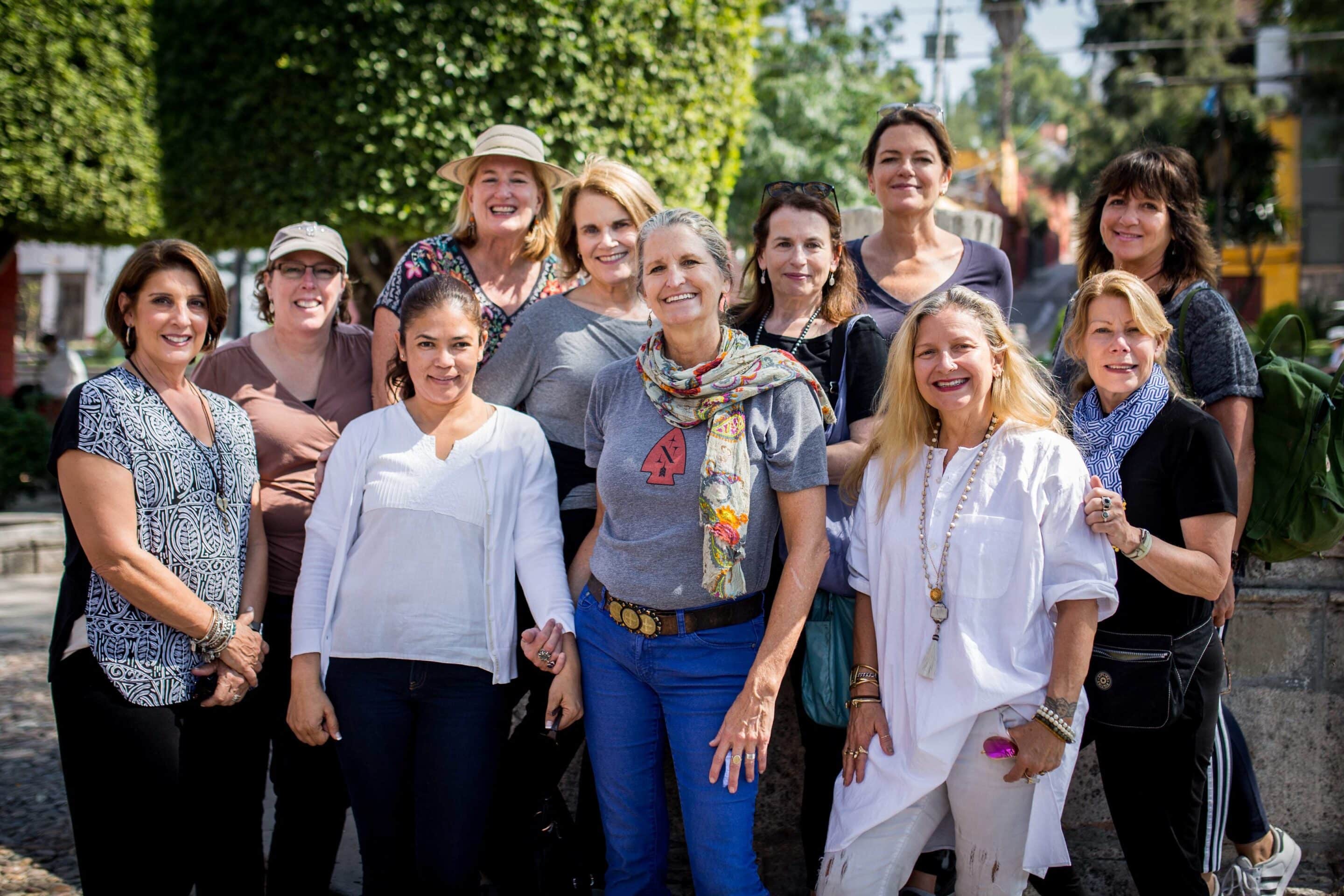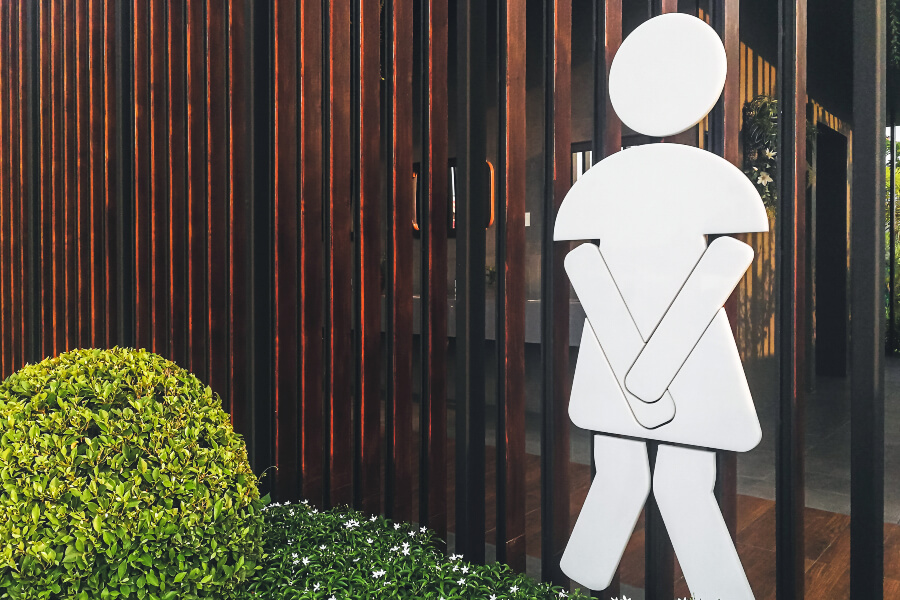No doubt about it, 2018 has been an historic year for women in U.S. politics, and the momentum may well carry us to some amazing wins at the midterms. So far, this round of elections has set new records for the number of female candidates who have filed run for office, as well as for the share of women who won primaries in House and Senate contests. What’s more, the number of women winning primaries to be their state’s governor has also reached new heights.
The number of Democratic women House candidates has more than doubled since 2016.
Much has been written about how more women decided to run since Trump’s election and after the Women’s March. Prior to those events, consider how an article in The New York Times described the outlook: “The main reason they are so underrepresented is that they don’t run in the first place. …The number of women serving in office stalled in the 1990s. Women now make up 19 percent of members of Congress, 25 percent of state legislators, 12 percent of governors and 18 percent of mayors.”
Female Candidates Are Winning Primaries: A Welcome Change
Change has come, though. Let’s take a look at the numbers: Women represent 29 percent of this year’s general-election candidates for the House. If we zoom in still further, we see that the number of Democratic women House candidates has more than doubled since 2016, far greater than the 51-percent increase in the number of Democratic men running for the House. In addition, Democratic women won primaries at a higher rate than any other group, male or female. And here’s another record for you: Women of color make up one-third of all House candidates.
Elsewhere, the stats are also trending upward. In the Senate, 32 percent of candidates are female, and we make up 22 percent of those vying gubernatorial votes.
The only thing as sad as a male-dominated pool of candidates is a male-dominated pool of voters.
Election experts, though, caution that despite the tide of female candidates, there is a chance that the number of women in Congress and holding the governor’s office may hold steady or even decline. How can that be, when the number of women running has shot up so much? The races are tough ones—most female candidates are running for the House in districts where the other party is more likely to win, regardless of whether a seat is open or an incumbent is in place.
Here are two thoughts to leave you with as we head to the polls. First, this round of elections will forever change the optics of what candidates look like—we are seeing much greater diversity, which encourages more women and minorities to run in the future. The motto “If you can see it, you can be it” captures just how important this is. And, two, the only thing as sad as a male-dominated pool of candidates is a male-dominated pool of voters. So let’s continue the great momentum of women getting out there and voting, regardless of which candidate gets your thumbs-up.





















0 Comments